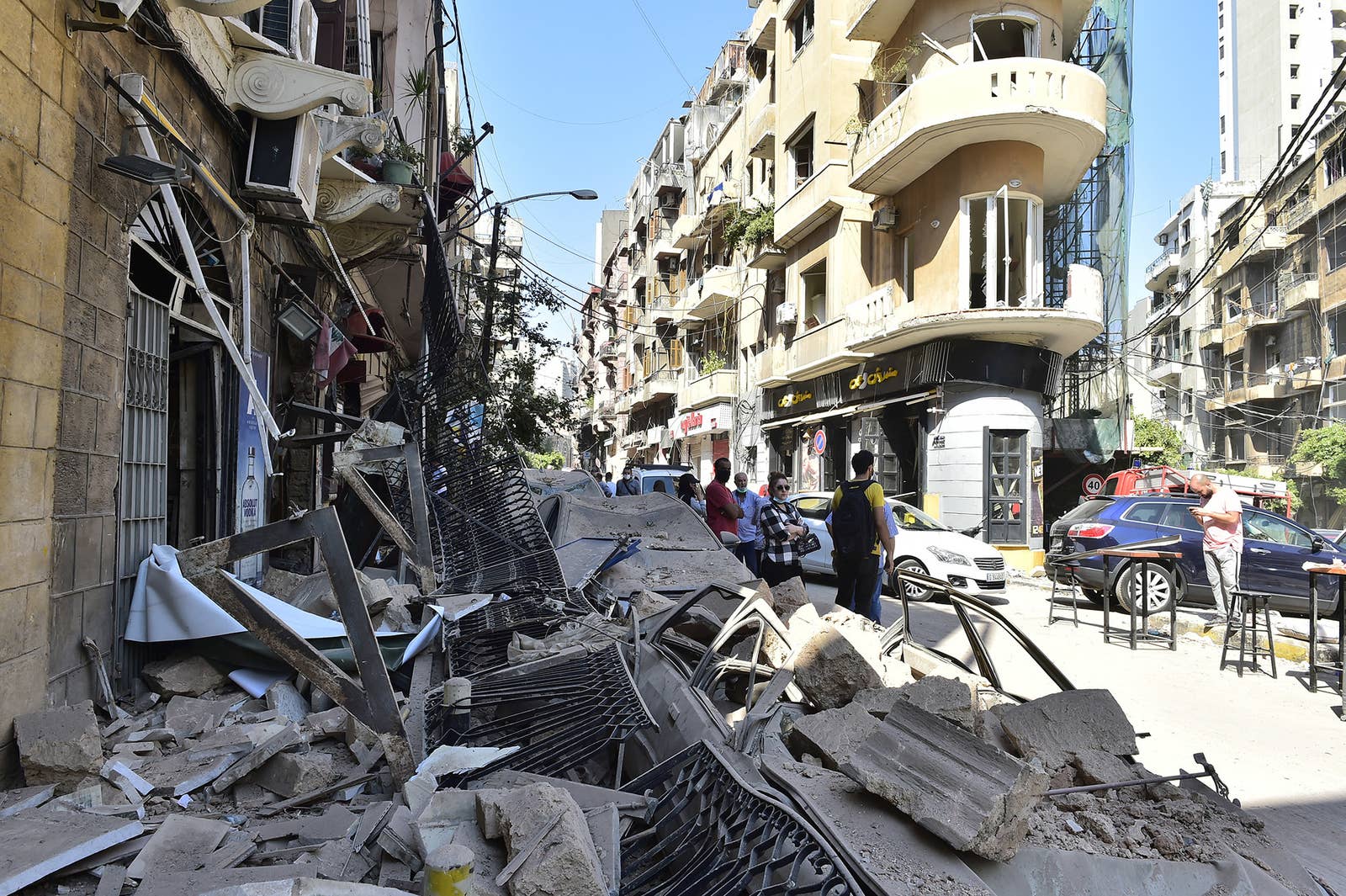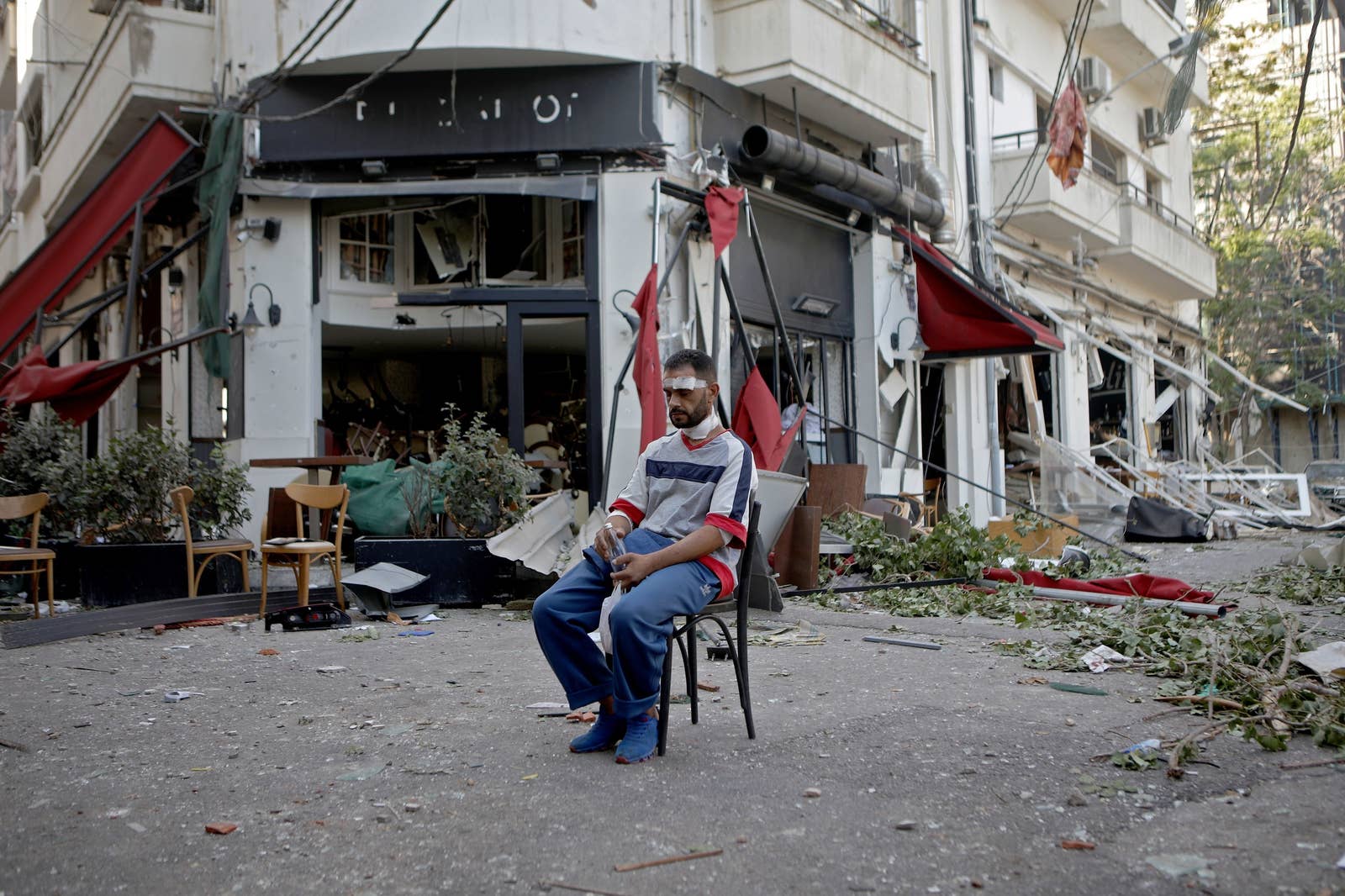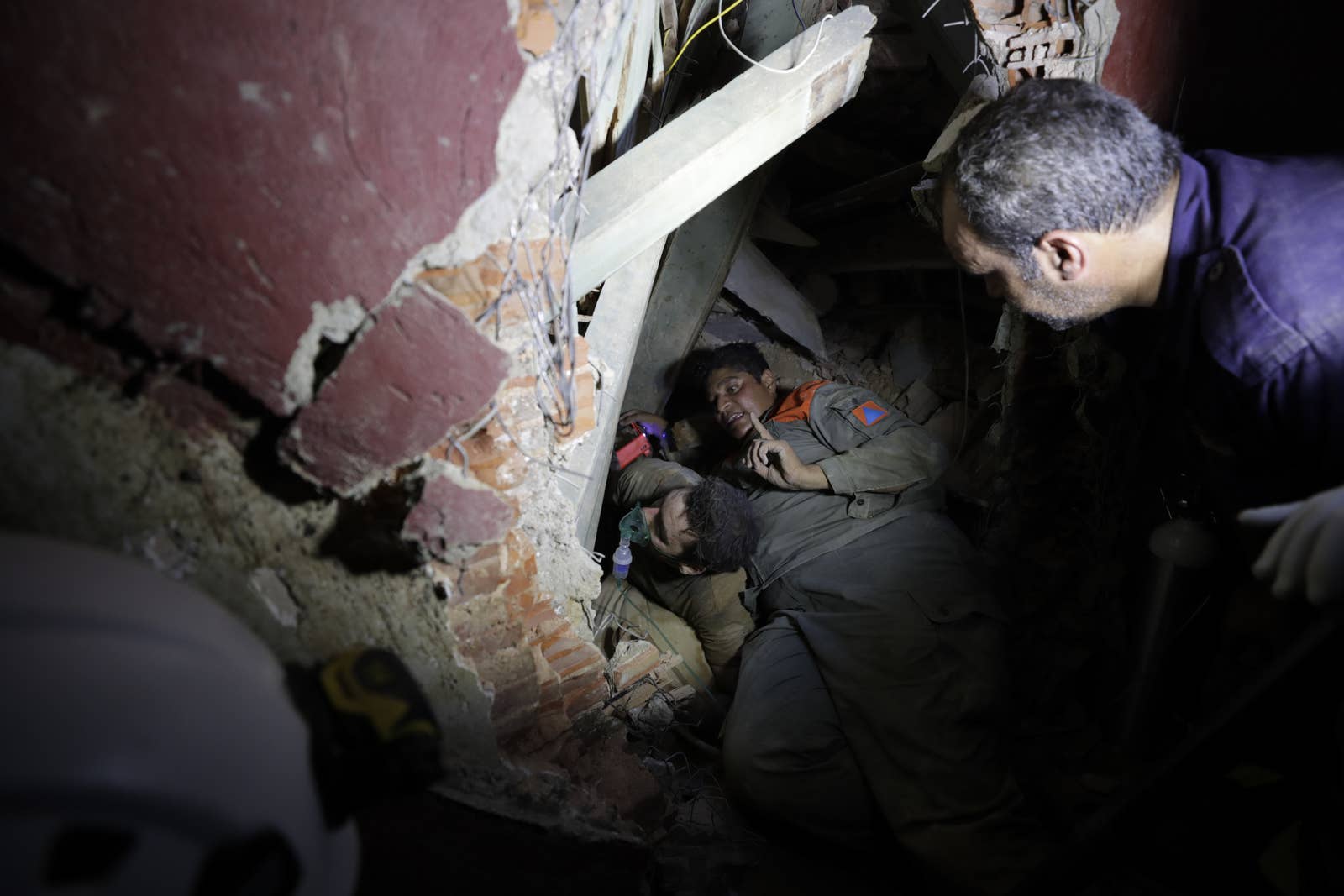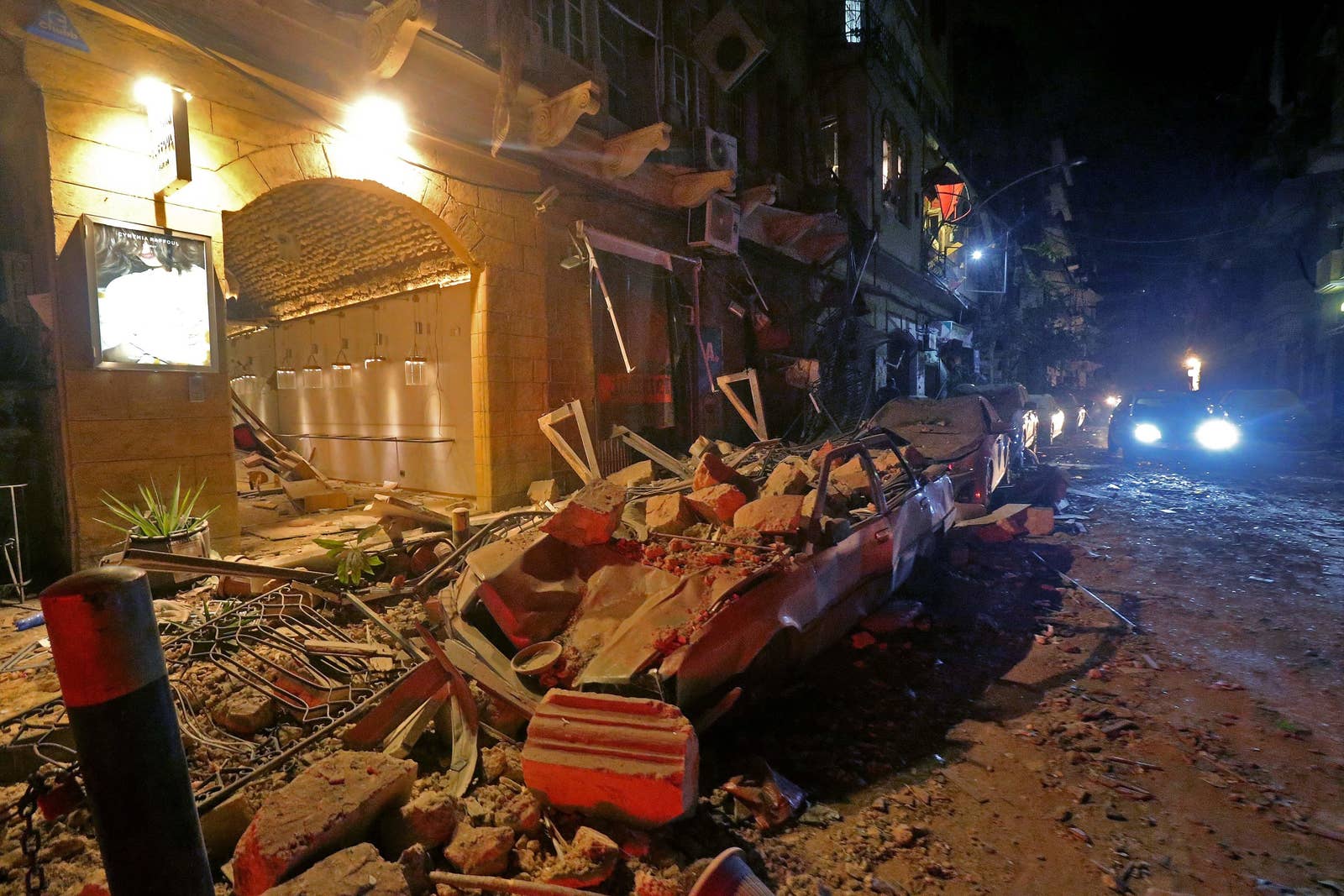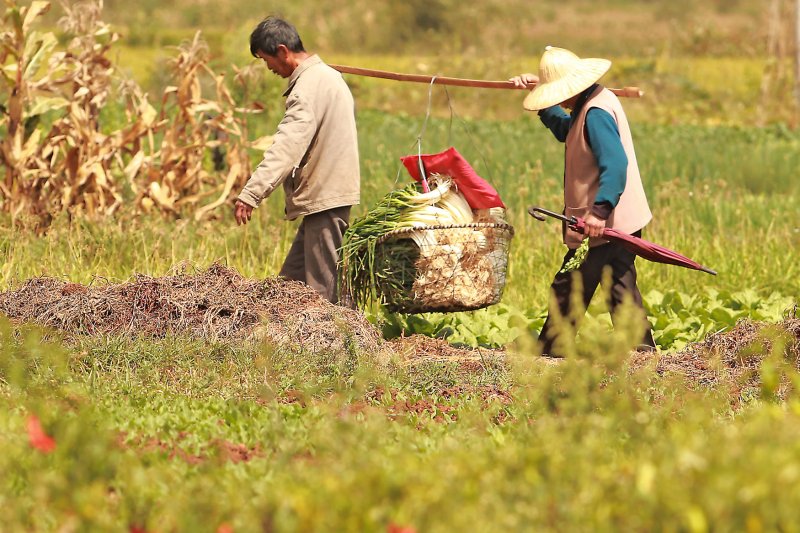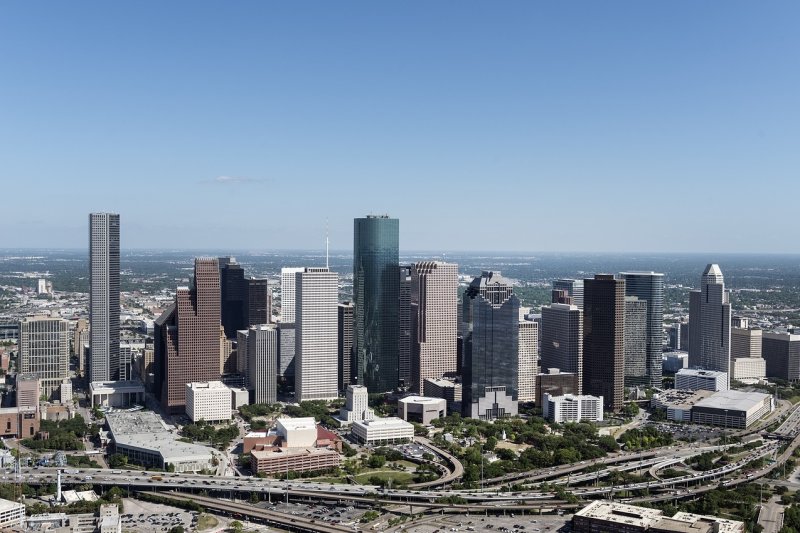The Truth Behind A Viral Picture Of A Reopening School Is Worse Than It Looked

An alarming photo of a hallway crowded by mostly maskless students in a Georgia high school raises issues with reopening schools all around the country.
Last updated on August 5, 2020

🇯🇲Black🇭🇹Aziz🇳🇬aNANsi🇹🇹@Freeyourmindkid
This is the first day of school in Paulding County, Georgia.12:31 PM - 04 Aug 2020
Reply Retweet Favorite@Freeyourmindkid / Twitter
Show this thread




I was just informed that the student who took these pictures from inside of the school has been suspended.
Quote Tweet
BlackAzizaNANsi@Freeyourmindkid
One staffer attended pre-planning for days while symptomatic. She later texted colleagues to say she'd tested positive for COVID-19. "That was exactly one week ago, so we are all waiting to see who gets sick next week,” a North Paulding teacher said.

The Truth Behind A Viral Picture Of A Reopening School Is Worse Than It Looked
An alarming photo of a hallway crowded by mostly maskless students in a Georgia high school raises issues with reopening schools all around the country.
Behind a viral photo of a crowded hallway at a high school in Georgia, a potentially dire situation is brewing. Students, teachers, and parents fear the Paulding County school’s rushed reopening plans may be spiraling out of control just two days after students — who said they were told they could face expulsion for remaining home — returned to class despite reports of positive coronavirus cases among students and staff.
North Paulding High School, about an hour outside Atlanta, reopened Monday despite an outbreak among members of its high school football team, many of whom, a Facebook video shows, worked out together in a crowded indoor gym last week as part of a weightlifting fundraiser.
Within days of that workout, several North Paulding players had tested positive for the coronavirus. The school’s parents were notified just hours before the first day of class.
And multiple teachers at North Paulding say there are positive tests among school staff, including a staff member who came into contact with most teachers at the school while exhibiting symptoms last week. Teachers and staff said the school won’t confirm coronavirus infections among district employees, citing privacy reasons.
"That was exactly one week ago, so we are all waiting to see who gets sick next week,” a North Paulding teacher told BuzzFeed News of her exposure to the virus.
Despite recommendations from CDC health officials, the district has called mask-wearing a “personal choice” and said that social distancing “will not be possible to enforce” in “most cases.” While the school provided teachers with face shields and masks and encouraged staff and students to wear them, they are not required and not all teachers have chosen to use them. One North Paulding teacher resigned last month over concerns about virus safety.
“Days before school even started, they knew that many of the football players were sick,” said a person familiar with the issues at the high school. “They knew from before day one that it wasn't going to work.”
Some students at North Paulding say they were forced to attend school in person because all of the slots for the district’s virtual learning option were filled. A narrow sign-up window for virtual classes meant many parents missed their opportunity to enroll their children online.
James, a North Paulding senior, said he came to school Tuesday because his mother was unable to enroll him in virtual learning. He wore a mask, but many of his classmates did not. And while some classes practiced distancing, in one, a teacher had pushed together students’ desks to allow for group work. His name has been changed in the story because of concerns about retribution from the school.
“It’s the hallway situation that has me most paranoid,” he said. “There’s a lot of people in the hallways, and you can’t do nothing about it, so it’s scary.”
“There’s a lot of people in the hallways, and you can’t do nothing about it, so it’s scary.”
It was a photo of one of those hallways, crammed with largely maskless students and with just a handful of masks in sight, that spread across the internet Tuesday.
The district superintendent, Brian Otott, sent a message to parents in the wake of the photo. He offered “context” for the photograph: “Class changes that look like this may happen, especially at a high school with more than 2,000 students.” There was little the district could do, he said, beyond encouraging masks.
Neither North Paulding High School nor Paulding County Schools responded to multiple requests for comment.
According to a person familiar with North Paulding High School, the plan shared with teachers said hallways were supposed to be one-way; the photograph was taken in one of the only two-laned hallways in the school. But the one-lane hallways had their own downsides, causing students to walk long routes between classes — spending more time in exposed common areas.
James’ parents saw the photograph that had been circulating Tuesday and told him, “You are not going back to school again,” he said. But a few hours later, his mother had spoken to the school and was told that students who “chose not to go to school” could face suspension or expulsion.
On Wednesday, he went back to school. “I had no choice,” he said.
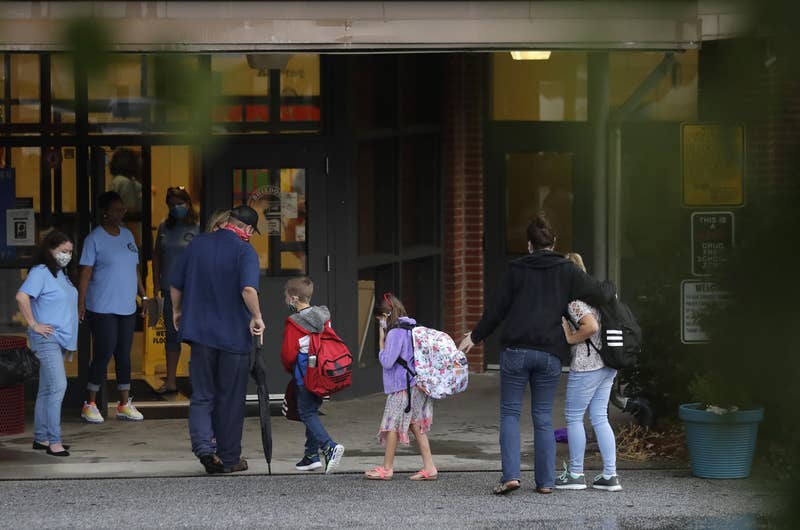
Brynn Anderson / AP
Students arrive at Dallas Elementary School for the first day of school amid the coronavirus outbreak on Aug. 3, in Dallas, Georgia, in Paulding County.
North Paulding teachers said they too felt they had no choice but to show up to work, even after a staff member texted colleagues saying she had tested positive for the virus. The staffer had attended planning sessions while exhibiting symptoms, one teacher said.
She did not attend school after testing positive. But teachers have heard nothing from the school, they said, which won’t confirm that staff members have tested positive, citing privacy concerns.
“A lot of us are terrified, and they won't let us know if we have been exposed until a state contact tracer has contacted us,” one teacher said.
“These teachers are deeply concerned for their health, especially the older ones and those with major health problems,” said a family member of a North Paulding teacher.
Amy, a school nurse, resigned from Paulding County Schools in July over concerns about virus safety. She said under the school district’s plan, school nurses were supposed to act as contact tracers for thousands of kids and staff, and that a district plan to sequester children believed to be exposed until their parents could pick them up seemed insufficient.
“I did not want to have any part of that,” she said. “It was completely and totally irresponsible.”
In a resignation letter she shared with BuzzFeed News, she wrote, “Masks are not a ‘personal choice’ during a pandemic. I cannot return knowing I am not supportive of your decision to open so quickly and not at least mandate masks.”
Many other parents and family members of students in Paulding County, however, are not concerned about the risk of attending school in person. The district said the majority of parents had chosen in-person schooling, despite the overfilling of its virtual schools.
“We have faith in our governor,” said Mary Wells, the grandmother of multiple students in the district, referring to Republican Gov. Brian Kemp. “He has done a great job and the school administrators in Paulding are doing the best they can in this insane time.”
Anthony Fauci, the country’s top infectious disease official, has been openly critical of Kemp for his decision this spring to reopen the state, allow indoor dining, and not mandate masks. The school district cited the fact that the rate of infection in Paulding County is lower than elsewhere in Georgia as part of its reason for deciding to reopen, but cases throughout the state have been high and the case numbers in counties that border Paulding — including Polk, Cobbm, and Bartow — are high. Many other districts have delayed reopening. Meanwhile, in Cherokee County, Georgia, a second-grader who went back to school there on Monday has tested positive for COVID-19, according to CBS News.
Chelsea Gibson has two children attending grade school in Paulding County. In June, Gibson, her husband, her mother-in-law, and two children all contracted COVID-19, and her husband’s breathing grew so labored that she said she nearly took him to the emergency room. In the end, the family recovered, although Gibson said she still has residual breathing issues.
The whole family recovered from the virus several weeks before school started. On Monday, both of her kids went back to school in person. Because she works full-time and the entire household shares a single desktop computer, Gibson said she didn’t even consider the virtual learning option.
“We couldn’t do online at all,” she said. “It wasn’t feasible.”
The mother is on the school council at Northside Elementary, where her kids are enrolled, and she said she feels very confident that the school’s plan for keeping students and teachers safe is a good one. There’s limited passing in the halls, most teachers have opted to wear masks, and students’ lunches are delivered to their classrooms so they don’t eat together in the cafeteria.
“They are going above and beyond,” she said.
But she’s worried the unfolding disaster at North Paulding High School will make the precautions taken in the grade schools moot and force her kids back home, where they’ll once again pick up paper packets from school and be unable to learn from a teacher for months.
“I feel like they handled that completely wrong,” she said of the coronavirus outbreak among the football team. “These individual schools that are handling it wrong are going to mess it up for the entire district.”
“In the end it’s going to hurt all the students who can’t go back to school,” she continued. “My kids need to go back to school so they can learn.”
Any student found criticizing the school on social media could face disciplinary consequences.
As they watched the photograph of their school hallway spread across the Internet, some North Paulding students said they felt their school was being treated unfairly.
Virtual learning was not an option for many low-income students without access to devices, or for students in rural areas with poor Internet access, one student pointed out. And Kemp himself has refused a mask mandate.
Steven, a North Paulding student who asked that only his middle name be used, said he felt safe going to school without a mask. Most of the hallways he encountered, he said, were far less crowded than in the one in the photograph. And the virus itself, he said, didn’t seem like “much of a problem” in Paulding County.
“I’ve only known three people to get it, other than the football players, obviously,” Steven said. “If I get it, I get it. I believe that’s what most people in my area's ideology is — if we get it, we get it.”
Steven said he didn’t want to let worries about spreading the virus to his family control his life.
“Most of my family, including my grandparents, think the same as well,” he said. “We just go on about our business and keep it out of our mind.”
On Wednesday, the school addressed the controversy that had swirled around the viral photograph via an intercom announcement from North Paulding High School principal Gabe Carmona. In it, according to two people familiar with the situation, he stated that any student found criticizing the school on social media could face disciplinary consequences.
North Paulding teachers said they too felt they had no choice but to show up to work, even after a staff member texted colleagues saying she had tested positive for the virus. The staffer had attended planning sessions while exhibiting symptoms, one teacher said.
She did not attend school after testing positive. But teachers have heard nothing from the school, they said, which won’t confirm that staff members have tested positive, citing privacy concerns.
“A lot of us are terrified, and they won't let us know if we have been exposed until a state contact tracer has contacted us,” one teacher said.
“These teachers are deeply concerned for their health, especially the older ones and those with major health problems,” said a family member of a North Paulding teacher.
Amy, a school nurse, resigned from Paulding County Schools in July over concerns about virus safety. She said under the school district’s plan, school nurses were supposed to act as contact tracers for thousands of kids and staff, and that a district plan to sequester children believed to be exposed until their parents could pick them up seemed insufficient.
“I did not want to have any part of that,” she said. “It was completely and totally irresponsible.”
In a resignation letter she shared with BuzzFeed News, she wrote, “Masks are not a ‘personal choice’ during a pandemic. I cannot return knowing I am not supportive of your decision to open so quickly and not at least mandate masks.”
Many other parents and family members of students in Paulding County, however, are not concerned about the risk of attending school in person. The district said the majority of parents had chosen in-person schooling, despite the overfilling of its virtual schools.
“We have faith in our governor,” said Mary Wells, the grandmother of multiple students in the district, referring to Republican Gov. Brian Kemp. “He has done a great job and the school administrators in Paulding are doing the best they can in this insane time.”
Anthony Fauci, the country’s top infectious disease official, has been openly critical of Kemp for his decision this spring to reopen the state, allow indoor dining, and not mandate masks. The school district cited the fact that the rate of infection in Paulding County is lower than elsewhere in Georgia as part of its reason for deciding to reopen, but cases throughout the state have been high and the case numbers in counties that border Paulding — including Polk, Cobbm, and Bartow — are high. Many other districts have delayed reopening. Meanwhile, in Cherokee County, Georgia, a second-grader who went back to school there on Monday has tested positive for COVID-19, according to CBS News.
Chelsea Gibson has two children attending grade school in Paulding County. In June, Gibson, her husband, her mother-in-law, and two children all contracted COVID-19, and her husband’s breathing grew so labored that she said she nearly took him to the emergency room. In the end, the family recovered, although Gibson said she still has residual breathing issues.
The whole family recovered from the virus several weeks before school started. On Monday, both of her kids went back to school in person. Because she works full-time and the entire household shares a single desktop computer, Gibson said she didn’t even consider the virtual learning option.
“We couldn’t do online at all,” she said. “It wasn’t feasible.”
The mother is on the school council at Northside Elementary, where her kids are enrolled, and she said she feels very confident that the school’s plan for keeping students and teachers safe is a good one. There’s limited passing in the halls, most teachers have opted to wear masks, and students’ lunches are delivered to their classrooms so they don’t eat together in the cafeteria.
“They are going above and beyond,” she said.
But she’s worried the unfolding disaster at North Paulding High School will make the precautions taken in the grade schools moot and force her kids back home, where they’ll once again pick up paper packets from school and be unable to learn from a teacher for months.
“I feel like they handled that completely wrong,” she said of the coronavirus outbreak among the football team. “These individual schools that are handling it wrong are going to mess it up for the entire district.”
“In the end it’s going to hurt all the students who can’t go back to school,” she continued. “My kids need to go back to school so they can learn.”
Any student found criticizing the school on social media could face disciplinary consequences.
As they watched the photograph of their school hallway spread across the Internet, some North Paulding students said they felt their school was being treated unfairly.
Virtual learning was not an option for many low-income students without access to devices, or for students in rural areas with poor Internet access, one student pointed out. And Kemp himself has refused a mask mandate.
Steven, a North Paulding student who asked that only his middle name be used, said he felt safe going to school without a mask. Most of the hallways he encountered, he said, were far less crowded than in the one in the photograph. And the virus itself, he said, didn’t seem like “much of a problem” in Paulding County.
“I’ve only known three people to get it, other than the football players, obviously,” Steven said. “If I get it, I get it. I believe that’s what most people in my area's ideology is — if we get it, we get it.”
Steven said he didn’t want to let worries about spreading the virus to his family control his life.
“Most of my family, including my grandparents, think the same as well,” he said. “We just go on about our business and keep it out of our mind.”
On Wednesday, the school addressed the controversy that had swirled around the viral photograph via an intercom announcement from North Paulding High School principal Gabe Carmona. In it, according to two people familiar with the situation, he stated that any student found criticizing the school on social media could face disciplinary consequences.

Molly Hensley-Clancy is a politics reporter for BuzzFeed News and is based in Washington, DC.

Caroline O'Donovan is a senior technology reporter for BuzzFeed News and is based in San Francisco







